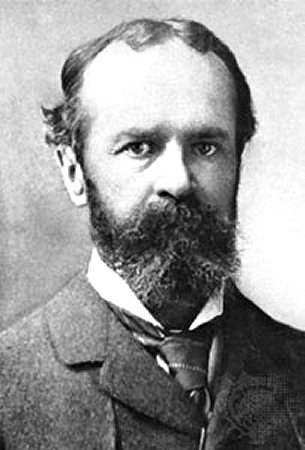|
International Development And Early Learning Assessment
The International Development and Early Learning Assessment (IDELA) is a method of measuring early development in children at a pre-primary school level. It was developed for Save the Children The Save the Children Fund, commonly known as Save the Children, is an international non-governmental organization established in the United Kingdom in 1919 to improve the lives of children through better education, health care, and economic ... between 2011 and 2015. Background Cognitive, socio-emotional and physical development during early childhood is crucial to the child's ability to achieve their potential, and to the social and economic health of society as a whole. However, poverty, stunting and lack of intellectual stimulus in low- and middle-income countries damage early development of almost half of all children aged 3 to 4, which will affect them through their lives. One of the main reasons is lack of access to early childhood education programs, particularly for poor, rura ... [...More Info...] [...Related Items...] OR: [Wikipedia] [Google] [Baidu] |
Save The Children
The Save the Children Fund, commonly known as Save the Children, is an international non-governmental organization established in the United Kingdom in 1919 to improve the lives of children through better education, health care, and economic equal opportunity, opportunities, as well as providing emergency aid in natural disasters, war, and other conflicts. After passing a century, which it celebrated in 2019, it is now a global movement made up of 30 national member organizations that work in 120 countries. Headquartered in London, the organisation promotes policy changes to gain more rights for young people especially by enforcing the UN Declaration of the Rights of the Child. Saving the Children through co-ordinate emergency-relief efforts, helping to protect children from the post effects of war and violence. [...More Info...] [...Related Items...] OR: [Wikipedia] [Google] [Baidu] |
Educational Psychology
Educational psychology is the branch of psychology concerned with the scientific study of human learning. The study of learning processes, from both cognitive and behavioral perspectives, allows researchers to understand individual differences in intelligence, cognitive development, affect, motivation, self-regulation, and self-concept, as well as their role in learning. The field of educational psychology relies heavily on quantitative methods, including testing and measurement, to enhance educational activities related to instructional design, classroom management, and assessment, which serve to facilitate learning processes in various educational settings across the lifespan.Snowman, Jack (1997). Educational Psychology: What Do We Teach, What Should We Teach?. "Educational Psychology", 9, 151-169 Educational psychology can in part be understood through its relationship with other disciplines. It is informed primarily by psychology, bearing a relationship to that discipline a ... [...More Info...] [...Related Items...] OR: [Wikipedia] [Google] [Baidu] |
Child Development
Child development involves the Human development (biology), biological, developmental psychology, psychological and emotional changes that occur in human beings between birth and the conclusion of adolescence. Childhood is divided into 3 stages of life which include early childhood, middle childhood, and late childhood (preadolescence). Early childhood typically ranges from infancy to the age of 6 years old. During this period, development is significant, as many of life's milestones happen during this time period such as first words, learning to crawl, and learning to walk. There is speculation that middle childhood/preadolescence or ages 6–12 are the most crucial years of a child's life. Adolescence is the stage of life that typically starts around the major onset of puberty, with markers such as menarche and spermarche, typically occurring at 12–13 years of age. It has been defined as ages 10 to 19 by the World Health Organization. In the course of development, the individu ... [...More Info...] [...Related Items...] OR: [Wikipedia] [Google] [Baidu] |

